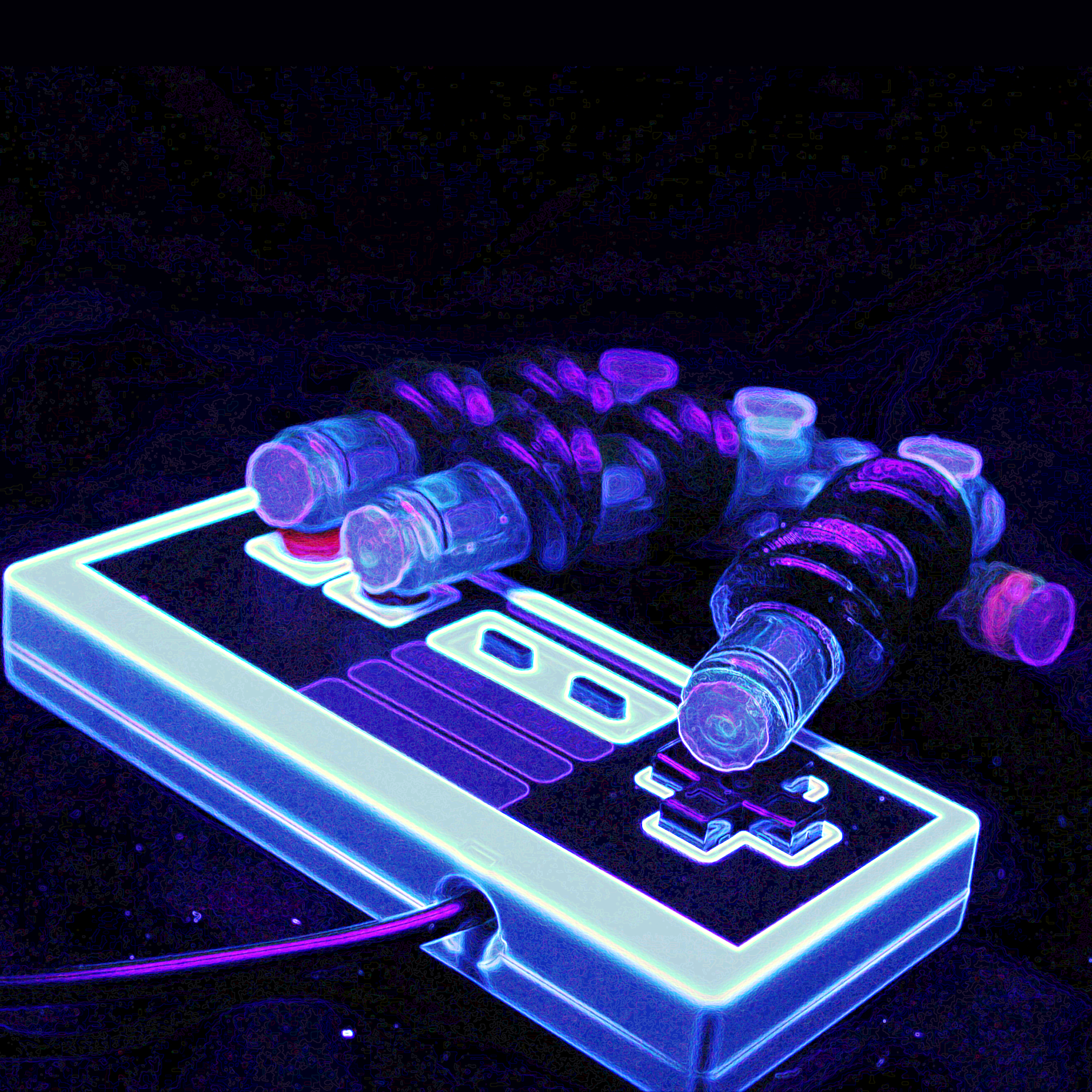Made from more pliable, often synthetic, materials, soft robots can move, bend, and perform actions such as grasping with far more flexibility and adaptability than is possible with their rigid counterparts. And to control these robots, researchers in the field are pioneering new ways of powering them, including circuitry that uses fluids rather than electricity.
University of  Maryland (UMD) faculty members Ryan Sochol and Eleonora Tubaldi have both made important breakthroughs in soft robotics research. Sochol, a National Science Foundation (NSF) CAREER Award winner, made international headlines when he and his team at the Bioinspired Advanced Manufacturing (BAM) Lab 3D printed a soft robotic hand that could play Nintendo’s Super Mario Bros.—and win. The applications go well beyond robotic gaming, however, with Sochol recently being awarded $2.7 million from the National Institutes of Health (NIH) to lead a team of medical researchers and neurosurgeons from Johns Hopkins University and the University of Maryland School of Medicine to engineer new classes of soft microrobotic instruments for minimally invasive neurosurgery.
Maryland (UMD) faculty members Ryan Sochol and Eleonora Tubaldi have both made important breakthroughs in soft robotics research. Sochol, a National Science Foundation (NSF) CAREER Award winner, made international headlines when he and his team at the Bioinspired Advanced Manufacturing (BAM) Lab 3D printed a soft robotic hand that could play Nintendo’s Super Mario Bros.—and win. The applications go well beyond robotic gaming, however, with Sochol recently being awarded $2.7 million from the National Institutes of Health (NIH) to lead a team of medical researchers and neurosurgeons from Johns Hopkins University and the University of Maryland School of Medicine to engineer new classes of soft microrobotic instruments for minimally invasive neurosurgery.
 Tubaldi, also an NSF CAREER award winner, exploits the pliability of soft materials to create actuation and feedback systems for gripping and other actions. At her lab, Tubaldi and her team design and test devices that harness physical forces and mechanical instabilities as a result of pressure inputs, a little like being able to tap the forces unleashed in a pinball game. Inspired in part by marine biology, her creations are embedded with electronic-free haptic feedback and can grasp and lift objects—whether strawberries or test tubes—with the precision and flexibility needed to avoid damaging them. Moreover, the sensing mechanism that drives such systems yields a form of distributed intelligence that does not require external control algorithms.
Tubaldi, also an NSF CAREER award winner, exploits the pliability of soft materials to create actuation and feedback systems for gripping and other actions. At her lab, Tubaldi and her team design and test devices that harness physical forces and mechanical instabilities as a result of pressure inputs, a little like being able to tap the forces unleashed in a pinball game. Inspired in part by marine biology, her creations are embedded with electronic-free haptic feedback and can grasp and lift objects—whether strawberries or test tubes—with the precision and flexibility needed to avoid damaging them. Moreover, the sensing mechanism that drives such systems yields a form of distributed intelligence that does not require external control algorithms.

 Maryland (UMD) faculty members
Maryland (UMD) faculty members  Tubaldi, also an
Tubaldi, also an